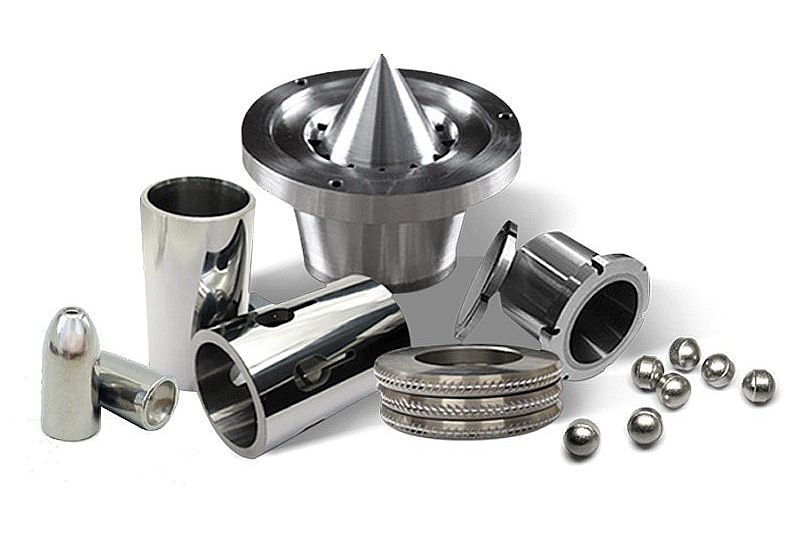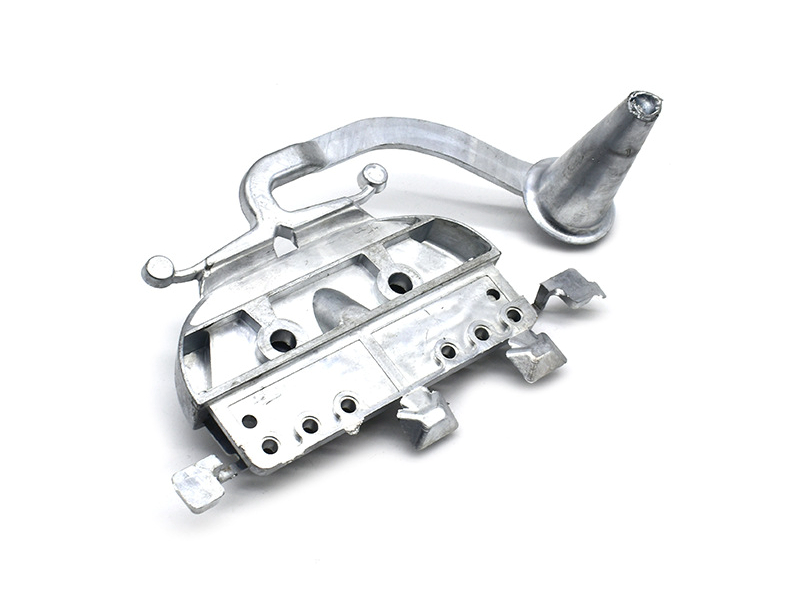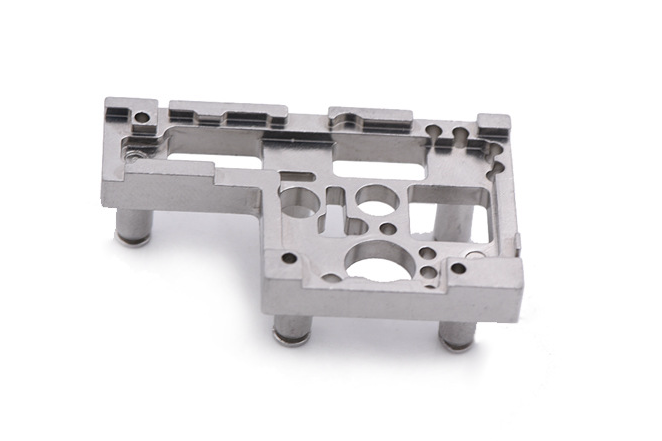How do powder metallurgy parts compare with forgings in cost and performance?
Powder metallurgy (PM) provides a cost-effective approach for producing complex shapes with reduced material waste compared to traditional forging, particularly for medium- to high-volume components in power tools and locking systems. From an engineering standpoint, forgings still deliver superior mechanical properties—particularly fatigue strength and impact resistance—but PM processes provide excellent dimensional accuracy and design flexibility, often eliminating the need for machining steps entirely. With the right alloy and densification strategies, PM parts can approach the performance of forgings while reducing the cost per unit and enabling greater design freedom through custom parts manufacturing solutions.
Cost Advantages of Powder Metallurgy
PM minimizes material waste, since parts are net-shaped or near-net-shaped during powder compression molding or metal injection molding. In contrast, forging requires extensive machining and trimming. For complex geometries—such as gears, cam profiles, or lock components—PM can reduce machining by 60–90%, especially when combined with rapid molding prototyping to validate the geometry before tooling is built. When volumes exceed several thousand units per year, PM typically achieves a lower cost per part than forging.
Mechanical Performance and Process Limitations
Conventional forgings still hold an advantage in terms of tensile strength and fatigue resistance because the metal's grain flow is aligned with the stress directions. PM components are inherently porous unless they are densified, which can reduce their impact toughness. However, using advanced PM or high-density MIM-4140, MIM-8620, or MIM-9310 grades, along with proper debinding, sintering, and heat treatment, significantly improves mechanical properties, allowing PM parts to replace forgings in non-critical or moderately loaded applications. Nitriding or carburizing after sintering further enhances surface hardness, extending wear life in high-contact areas.
Design Flexibility and Feature Integration
PM enables integrated geometry, such as internal grooves, gear teeth, thread forms, and assembly features that would be difficult or costly to machine in forgings. These features can be molded directly using metal injection molding or powder pressing molding, reducing assemblies and improving precision. Engineering revisions are easier and faster due to smaller tooling changes, especially when prototyping through CNC machining prototyping or 3D printing prototyping before mass production.
Surface Treatment and Post-Processing
PM parts can be further optimized through surface treatments. Nitriding enhances wear resistance and compressive stress, while heat treatment increases core strength and fatigue life. Processes such as tumbling remove burrs and stabilize contact areas before coating. Forgings may undergo similar treatments but require more machining prior to finishing. Ultimately, PM paired with optimal post-processing becomes a strong competitor to conventional forging in performance-to-cost ratio.
Selection Guidelines
Use forgings when high impact loads and directional strength are critical.
Select PM or MIM when the geometry is complex and the production volume justifies the tooling cost.
Define allowable porosity and mechanical requirements early to determine PM grade and need for heat treatment.
Consider hybrid construction: forged core with PM secondary features when both performance and complexity are required.
Validate fatigue strength using prototype samples and real-use stress data before replacing forged components.



